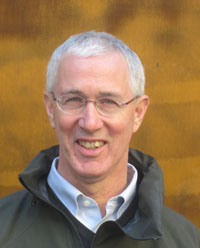
Professor Emeritus
Department of Physics and Physical Oceanography
Memorial University
St. John's, Newfoundland, Canada
A1B 3X7
Fax: 709.864.8739
E-Mail: bdeyoung at mun dot ca

|
Brad deYoung Professor Emeritus Department of Physics and Physical Oceanography Memorial University St. John's, Newfoundland, Canada A1B 3X7
|
| WebContact - Brad deYoung | Last updated - January 2023 |